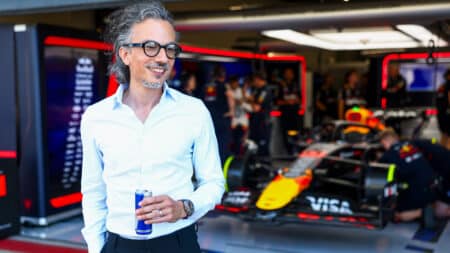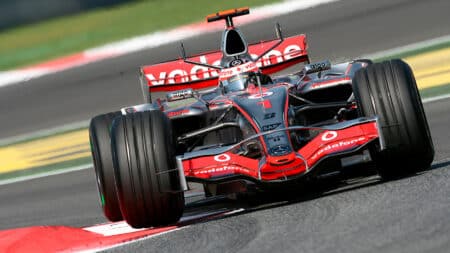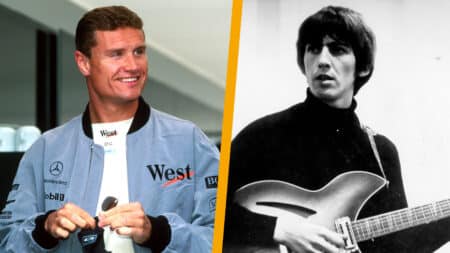
MPH: To the man trying to fill Christian Horner's shoes: good luck!
Laurent Mekies arrives as Red Bull F1 team principal with a series of immediate challenges to solve and long-term issues to tackle. He'll either sink or swim, says Mark Hughes
UPDATE: Mercedes introduced TJI concept to F1 in 2014. Ferrari 2015. Renault Canada 2016-onwards.
Following up on the confirmation in our previous story that Ferrari has been using a Mahle-developed Turbulent Jet Ignition (TJI) system in its Formula 1 engine since Canada 2015, we can now confirm a few more details about the technology and answer a few of the questions that arose following the publication of that piece.
We can confirm:
The Mahle illustration used to explain the principle of the technology in the last piece was for a road car application. Within the F1 regulations, only a single injector is permitted and the key to applying the principle within that limitation was shrouding only the spark plug to form the mini-chamber above the main combustion chamber and not – as in the drawing – the injector and spark plug together.
In the F1 application the injector injects the fuel-air charge into the main combustion chamber. Around 3 per cent of that charge from the turbo is forced into the mini-chamber under pressure through the orifices in the ring separating the mini chamber from the main chamber. Getting this transfer right and ensuring the correct mixture is in the small chamber was a major part of the challenge for this project. There is a small increase in the fuel atomisation (increasing its flammability) as it’s forced through the orifices but it’s not a major part of the principle’s benefit. It’s limited in this by the desire to keep the charge temperature below a certain threshold, above which auto-ignition (knock) is encountered.
The big benefit comes as the spark ignites the mixture in the mini-chamber and the jets of flame spit through into the main chamber in a very precise way through the same orifices that the inlet charge went through in the opposite direction. Igniting at several points simultaneously in the main chamber gives a much more uniform and rapid combustion than in a conventional engine. This exerts more pressure on the piston just after it’s reached top-dead-centre (TDC) and the uniform pressure reduces knock.
Essentially, TJI gives you a bigger bang before knock becomes the limitation – hence much greater fuel efficiency, expressed either as greater power or economy (or a combination of both, as required).

Laurent Mekies arrives as Red Bull F1 team principal with a series of immediate challenges to solve and long-term issues to tackle. He'll either sink or swim, says Mark Hughes

Former McLaren F1 team-mates Mika Häkkinen and David Coulthard are set to renew old rivalries in a new Evening with... tour – they told James Elson all about it

In Formula 1, driver contracts may look iron-clad on paper, but history shows that some of its biggest stars have made dramatic early exits

Former McLaren F1 ace told James Elson about his private audience with The Beatles' George Harrison, who played an unreleased grand prix-themed song